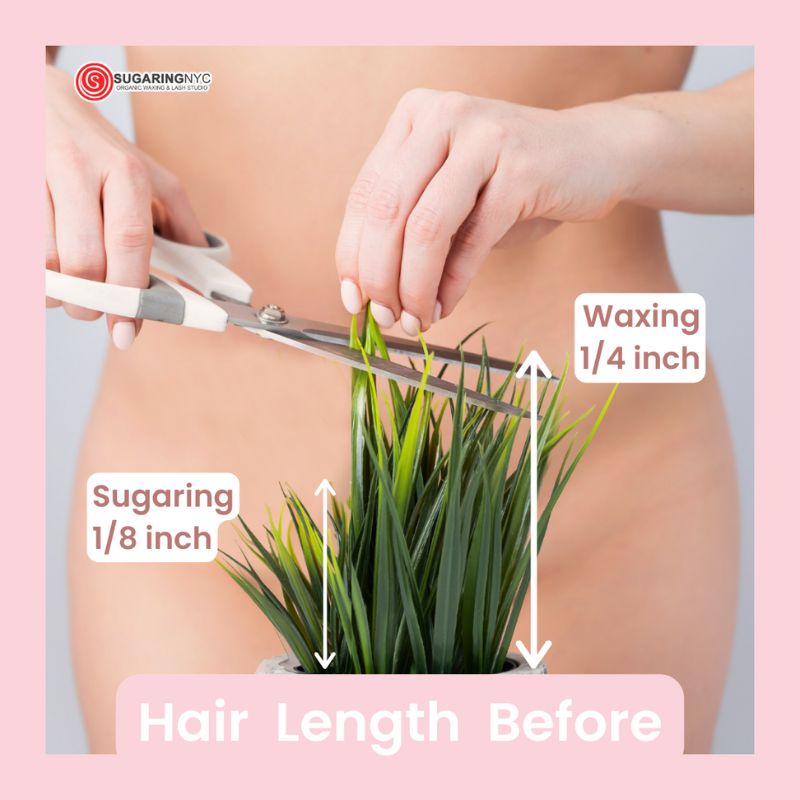Grasping the Art of Waxing: Necessary Tips for a Pain-free Hair Elimination Experience
In the realm of personal grooming, grasping the art of waxing is a skill that can significantly boost one's hair removal experience. The process of waxing, though effective in accomplishing smooth skin, can usually be related to pain and pain otherwise carried out correctly. By understanding and implementing important suggestions, people can navigate this hair elimination method effortlessly and minimal pain. From pre-waxing preparation to picking the appropriate wax and understanding proper shaving techniques, the trip to a pain-free waxing experience is paved with knowledge and knowledge.
Pre-Waxing Preparation
Prior to undertaking a waxing session, it is vital to effectively prepare your skin to lessen discomfort and achieve ideal hair elimination results. Beginning by exfoliating your skin a day or 2 before your visit to eliminate dead skin cells and prevent in-grown hairs. This step helps the wax stick far better to the hair, making certain a much more effective elimination procedure. Prevent moisturizing on the day of your waxing session as it can develop an obstacle in between the wax and your hair, leading to less successful results. Additionally, it is a good idea to cut your hair to concerning a quarter of an inch prior to waxing to stop unneeded discomfort during the procedure.
In addition, it is crucial to clean your skin extensively before waxing to remove any oils, lotions, or dirt that might disrupt the wax's capacity to grip the hair. This action not only improves the efficiency of the waxing process yet additionally helps in reducing the risk of post-waxing outbreaks - Laser Hair Removal. By adhering to these pre-waxing preparation steps, you can ensure a smoother and more comfy hair removal experience

Selecting the Right Wax
Selecting the appropriate sort of wax is important for making sure a successful and comfortable hair elimination procedure. There are numerous sorts of waxes offered, each catering to various skin types and hair appearances. Both primary categories of wax are tough wax and soft wax. Difficult wax is appropriate for delicate areas like the face, underarms, and bikini line as it adheres only to the hair, making it much less agonizing for these delicate locations. On the other hand, soft wax is ideal for bigger areas like legs and arms as it is applied thinly and eliminated with cloth strips.
When selecting a wax, consider your skin sensitivity, hair density, and the location you prepare to wax. Crude hair may call for a wax specifically formulated for solid hair removal.
Appropriate Waxing Strategy
To begin, it is essential to clean the skin extensively before using the wax. Additionally, always ensure that the wax website here is warmed to the correct temperature level to stay clear of burns or ineffective hair elimination. Applying the wax in the instructions of hair growth and removing it versus the hair growth helps to make sure that the hair is pulled from the root, resulting in smoother and longer-lasting outcomes.
Furthermore, using small sections of wax each time and pushing securely on the wax strip before removal can aid improve the efficiency of the process. Finally, keep in mind to use gentle pressure on the skin after waxing to minimize and soothe any pain redness. By complying with these correct waxing techniques, you can attain a more successful and pleasurable hair removal experience.
Aftercare Tips

Furthermore, it's a good idea to abstain from tasks that might cause too much sweating, such as extreme workouts, immediately after waxing to avoid further irritability. If any kind of soreness or bumps continue after waxing, using a cool compress or aloe vera gel can aid minimize inflammation - Laser Hair Removal. Following these aftercare tips faithfully can make certain a comfortable and efficient waxing experience with long-lasting results

Troubleshooting Common Issues
One more problem is in-grown hairs, where hair swirls back or grows laterally right into the skin after waxing. Additionally, if you experience bruising or redness after waxing, using a chilly compress can decrease inflammation and relieve the skin. By resolving these typical waxing issues proactively, you can enhance the total effectiveness and convenience of your hair removal regimen.
Conclusion
In verdict, understanding the art of shaving calls for appropriate prep work, selecting the appropriate wax, using the appropriate technique, and complying with aftercare tips. With technique and focus to detail, waxing can be an effective hair elimination technique.
Furthermore, it is essential to cleanse your skin completely prior to waxing to eliminate any oils, lotions, or dirt that can interfere with the wax's capacity to grip the hair. The 2 major categories of wax are difficult wax and soft wax.When choosing a wax, consider your skin level of sensitivity, hair thickness, and the location you more helpful hints plan to wax.Furthermore, visit the website making use of little areas of wax at a time and pushing firmly on the wax strip before elimination can help enhance the efficacy of the process. After waxing, it's essential to maintain the waxed area clean and free from toxic irritants.